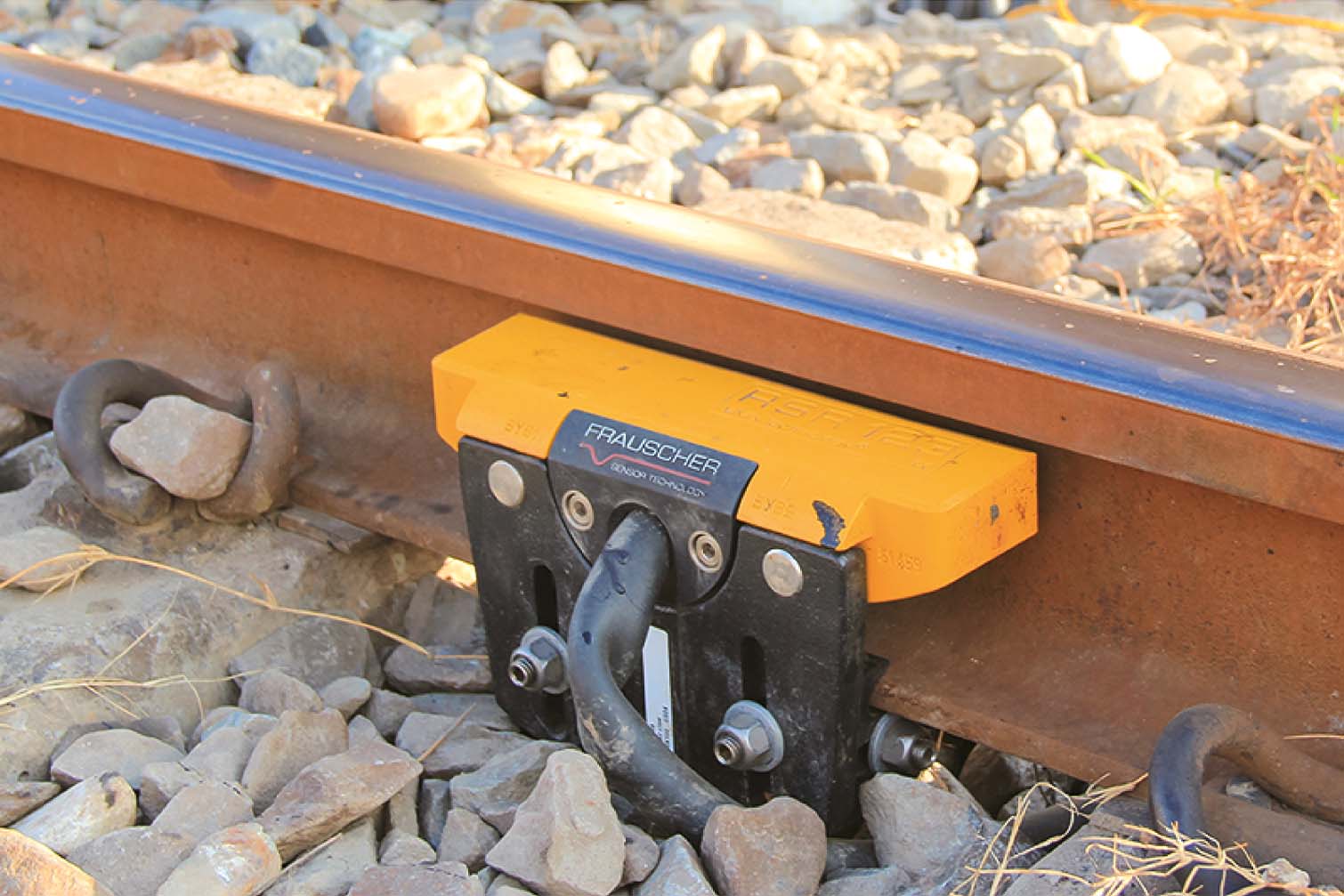
Axle Counter System
The axle counter is generally installed on the tracks and uses sensor technology to detect trains running on the tracks. The electronic interlock system uses the signal to check the safety conditions, prevent human error, control the correct display of signals, and assist the operations center with train dispatching and monitoring of anomalies. It provides the driver with a more precise picture of train movements on the tracks, increasing train efficiency and safety.
System Component
- Track Equipment: Track-side equipment includes a wheel detector installed on the tracks, track-side wiring cabinet and power cables. The clamps are quick and easy to use, and requires no drilling of the rails. Wheel detectors can be installed on the tracks to greatly reduce the number of personnel required and time spent working in danger zones.
Equipment Features
1. Wheel detectors are IP68 and SIL4-rated for high availability.
2. Ease of installation.
3. No electronic unit cabinet next to the tracks.
4. Maintenance-free operation and does not require regular calibration. - Indoor Equipment-Axle Counter: Data from wheel detectors in the field are transmitted to the indoor equipment. FAdC/FAdCI software can assist with the assessment of PCB connections including axle counting, display of clear and locked blocks, and provide information on track segment direction. The communications PCB supports multi-interface data and signal interlock systems.
Equipment Features
1. Smart functions and outstanding redundancy.
2. Flexible configuration.
3. Support for distributed architecture.
4. Minimum footprint. - Software Interface Overview: Support for optical coupler or electrical relay hardware interfaces and can be integrated with existing systems. The interface includes advanced FAdC software with support for secure Ethernet. The system integrator does not need any other software communication protocols to transmit data from the axle counter system to the signal interlock system.
Equipment Features
1. Flexible interface.
2. Transmission of key data.
3. Support for secure wireless networking.
4. Streamlining of system integration.



